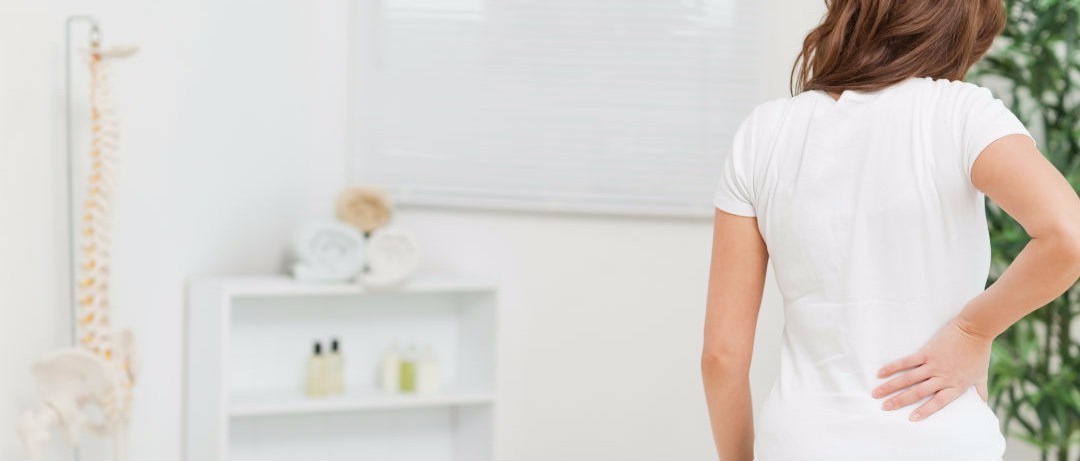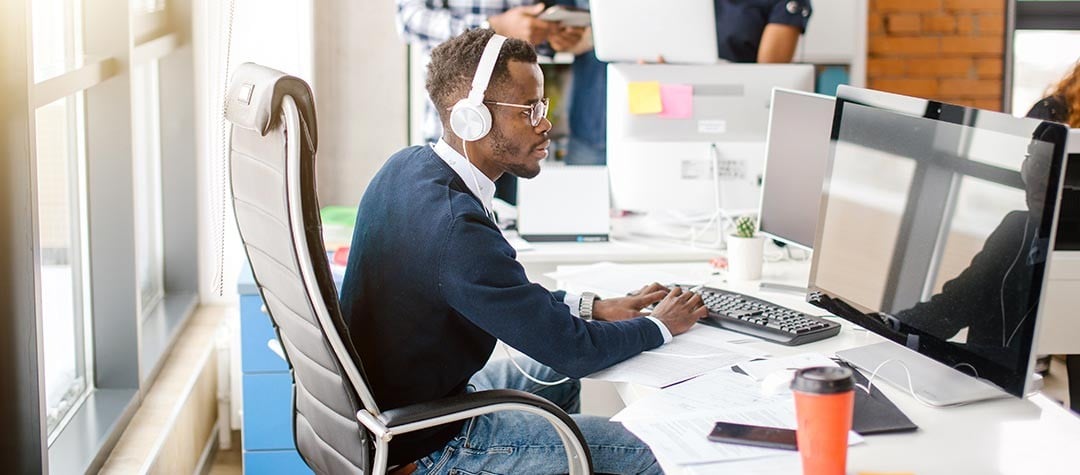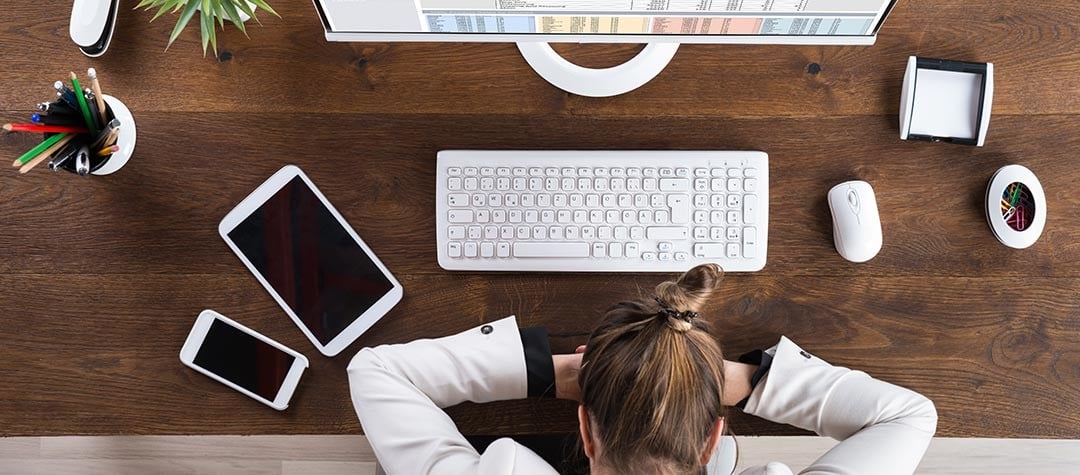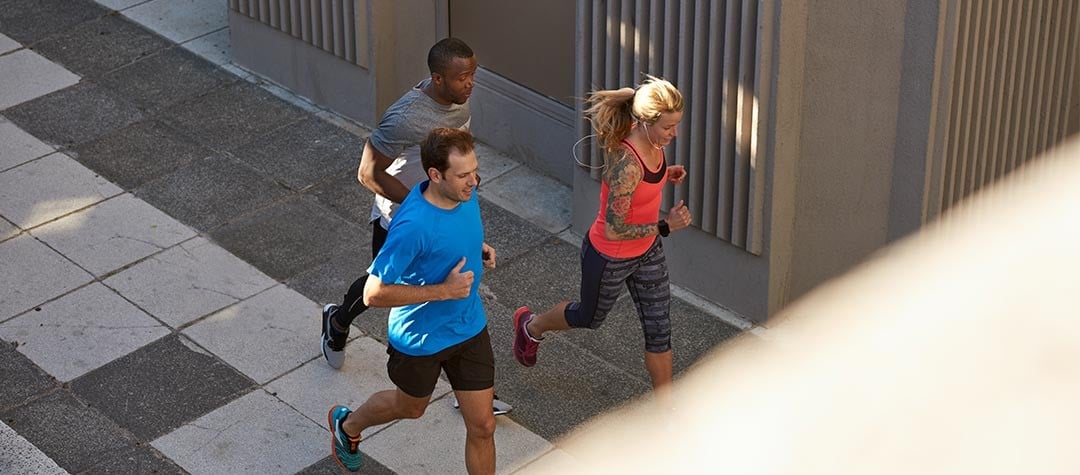We all know that spending too much time sitting down, being overweight and having poor posture contribute to back pain risk, but there are some less obvious factors, too.
Your footwear
You may not be surprised that high heels put stress on the spine, but ultra-flat shoes like ballet pumps are also a no-no for backs. And you guys are not of the hook either — if you wear flip-flops or other backless styles you are at risk too. This sort of footwear requires you to tense your feet which in turn puts added stress on your body, including your back. The best heel height for your back is around one inch. And don’t think that wearing trainers all the time lets you off the hook: running shoes wear out after 400 to 600 miles (approx 650 to 950km) of use and no longer provide sufficient shock absorption and support.
Your workouts
While being sedentary is bad for your back, suddenly launching yourself into vigorous activity isn’t helpful either, as the muscles, joints and connective tissues simply aren’t geared up for it. The key is to build up the challenge slowly, and, even more importantly, to practice perfect technique, whether you are doing a back stretch or picking up your child. Make sure you get a balance too — sports like golf or tennis can build up the muscles on one side of the body more than the other, causing imbalance issues. Regular stretching and strengthening can combat this.
Your mattress
You might think that a rock hard mattress is just the thing for your back, but a 2003 Lancet study dispelled the popular belief that firm mattresses are best for people with low back pain. In a randomised trial, mattresses of medium firmness were found to be more effective in alleviating symptoms of back pain. Also the state of your mattress needs to be addressed — if it’s an old one that you inherited from someone else that has seen better days it might be time to treat yourself to a new one.
Your workstation set-up
Having your computer even slightly off-center, or too far away so that you have to crane your neck forwards, puts undue pressure on the spine and causes tension to build up. Make sure that your chair, monitor, telephone and any other equipment you use are all correctly sited. Good body posture is really important, so try to avoid slumping over your desk, get into the habit of doing a body scan every half an hour or so to make sure you are sitting upright on your chair with relaxed shoulders. And if you spend two hours or more on the telephone each day, you absolutely, definitely need a headset.
Your baggage
Whether it’s a laptop bag, a briefcase or an overstuffed handbag, always carrying your stuff on the same shoulder or in the same hand will eventually cause postural changes in your spine, putting extra stress on one side. If at all possible, use a rucksack that distributes weight evenly — or at the very least, swap sides regularly. And do regular bag clear-outs so you aren’t carrying unnecessary weight!
Your car
Seat set-up is part of the issue, so always adjust the position to suit you and use cushions if necessary — but the vibration of the car itself can cause back pain. According to the charity BackCare, people who drive over 25,000 miles (40,000km) per year for work are off sick with a bad back seven times more often than non-drivers. Take regular breaks — and don’t just sit in the service station, walk around and stretch.
Your sex
While back pain affects men and women, there are gender differences. Men are more likely to have short, sharp attacks of back pain or suffer an acute back injury, while women’s pain tends to be lower-level but longer lasting and caused by repetitive actions, domestic work and child care. Back pain affects 40 to 60 per cent of women during pregnancy, while period pain can also trigger an attack. And ladies, if you are prone to lower back pain, lose the skinny jeans: research shows that skin tight trousers prevent you using correct biomechanics when you are bending your knees or twisting.















